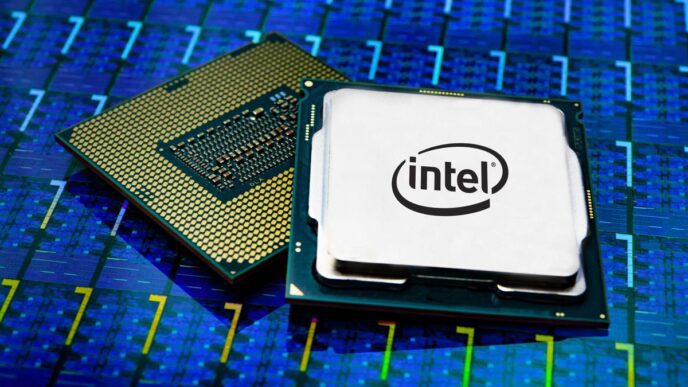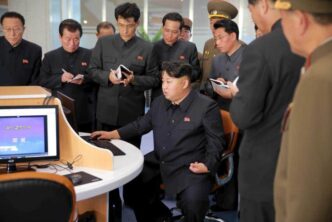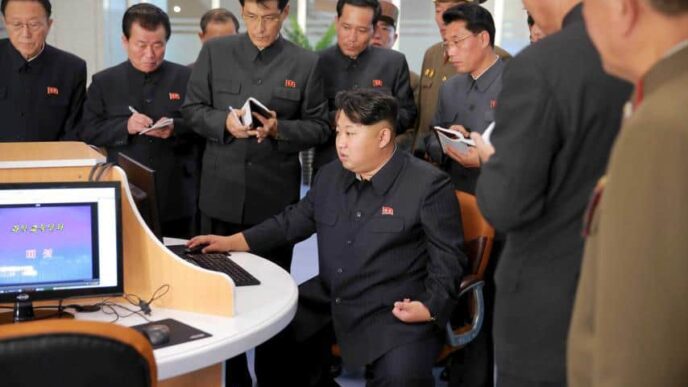NATO has just completed its largest cyber defense drill to date. Locked Shields 2025 brought together 4,000 cybersecurity experts from 41 countries. The exercise, led by the NATO Cooperative Cyber Defence Centre of Excellence (CCDCOE) in Tallinn, Estonia, aimed to test how nations respond to large-scale cyberattacks.
This year’s event simulated real-world attacks on military networks and telecom systems. Participants had to defend over 8,000 systems from more than 8,000 cyber threats. These included ransomware, data breaches, and infrastructure disruptions. It wasn’t just about stopping attacks—teams also had to deal with disinformation, legal pressure, and fast-changing political scenarios.
Locked Shields started small. In 2010, only 60 people from four nations took part. Now, the event includes 17 multinational teams, all working remotely or from national hubs. According to Dan Ungureanu, the event director, the growth of this simulation reflects how serious global cyber threats have become.
Planning Locked Shields is no small feat. The 2025 edition involved 450 planners and developers. Over 25 tech and defense industry partners joined forces to shape this complex exercise. Their combined effort shows how government, academia, and industry must work together to improve cyber resilience.
This year, the exercise introduced cloud-based systems, AI-generated attack narratives, and even quantum computing scenarios. A new scoring system rewarded teamwork and resilience, not just technical skills. That change highlights the growing need for collaboration under pressure.
Germany and Singapore, Poland and France, and a joint team from Italy, Slovenia, and the U.S. earned the highest scores. Still, those scores don’t reflect national readiness. Each team varies in size, skills, and goals, making comparisons difficult.
Ungureanu explained that many countries already face threats like those simulated at Locked Shields. However, most incidents stay out of the public eye. The professionals who take part in this drill are often the same ones stopping attacks in real life—quietly working behind the scenes to keep systems safe.
Looking ahead, Locked Shields 2026 will expand its focus. Organizers plan to add more cloud systems and introduce “Critical Special Systems” that reflect real-world defense infrastructure. AI will play a bigger role, too. NATO hopes to move closer to a fully automated defense team, powered by internal research and smart tools.
From 60 participants to 4,000, Locked Shields shows how much cyber defense has grown. As threats become more advanced, exercises like this help countries prepare—before real crises hit.













